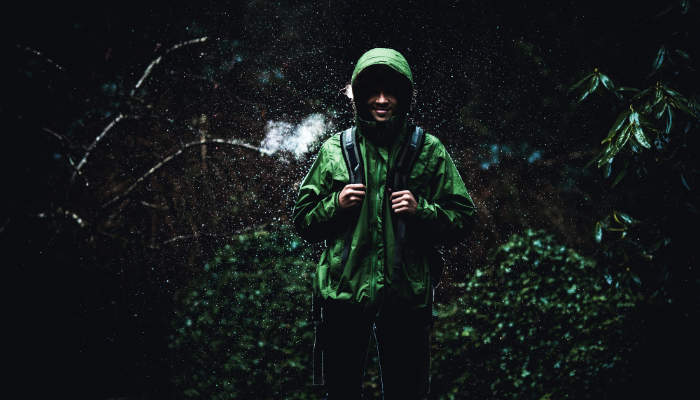
Vacuum compression backpacks are a game-changer in travel gear—but are they reliable for hiking or camping? Let’s break it down with four practical considerations.
1. Space-Saving Design: Great for Short Hikes
These backpacks are excellent for saving space by compressing clothing, towels, and other soft items. If you’re heading out for a 2-3 day hike, it helps keep your load neat and compact. However, they’re best used for compressible items—not gear like cookware or hard electronics.
2. Weight of the Air Pump: Handy but Heavy?
Some compression backpacks include an electric or manual air pump. While convenient, the added weight might be a concern for long-distance hikers. If you want to keep things light, go for detachable or manual pump options and pack only what’s necessary.
3. Environmental Suitability: Not Ideal for All Conditions
In humid or cold areas, tightly compressed clothes can absorb moisture again, leading to damp, wrinkled garments. Always use dry bags for critical items and ensure clothes are dry before sealing them in.
4. Packing Strategy: Don’t Over-Compress
It’s tempting to compress everything to the max, but overdoing it can reduce internal structure stability and make items harder to retrieve. Leave a bit of “air cushion” in your pack—it helps protect delicate items and reduces stress on zippers and seams.
Final Thoughts: A Smart Choice for the Right Adventure
Vacuum compression backpacks can be great for certain hiking and camping trips—especially short-term or well-planned routes. However, for high-altitude treks, long expeditions, or wet environments, a traditional hiking backpack might still be your best bet. Use wisely, and you’ll travel lighter and smarter.



